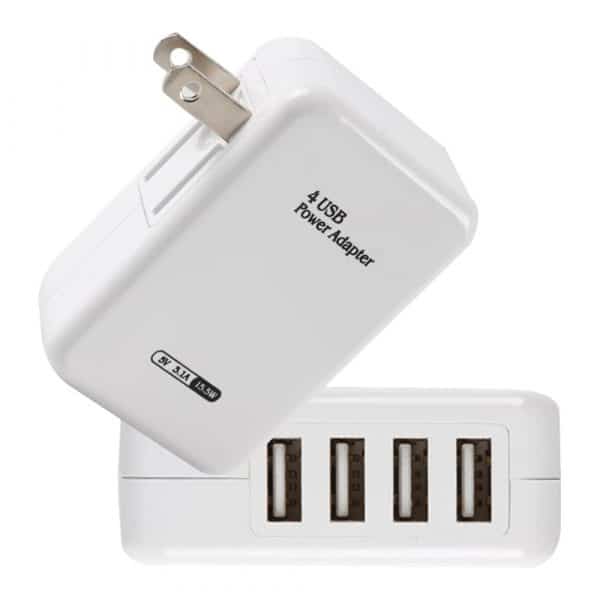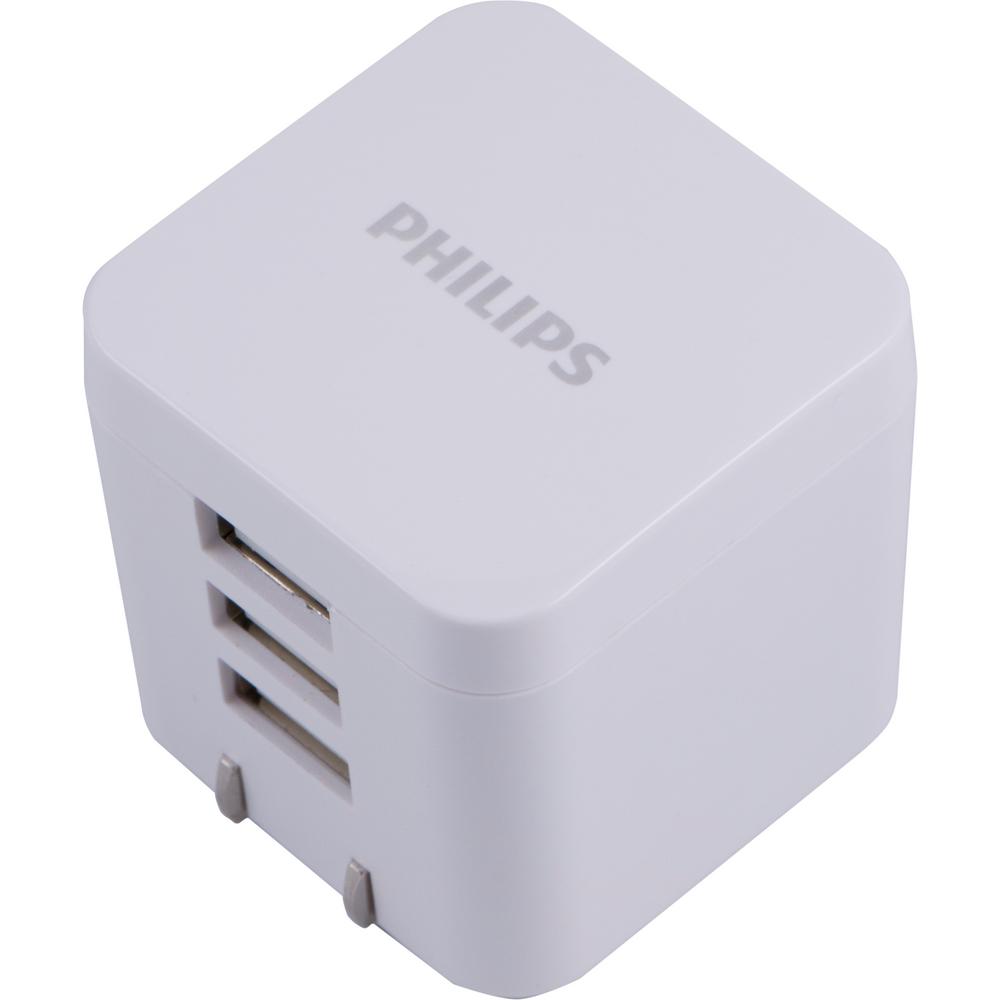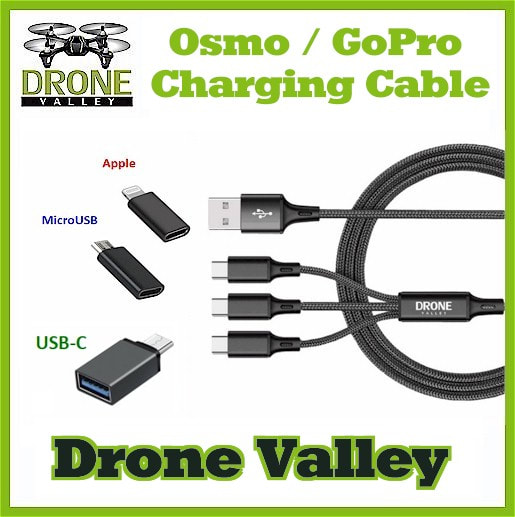

In power delivery mode, the LT3420 operates by adaptively controlling the switch on-time and off-time. In this configuration, the LT3420 will only reenter the power delivery mode by toggling the CHARGE pin. The refresh timer can be programmed to wait indefinitely by simply grounding the CT pin. Bringing CHARGE low puts the part in shut-down. The low-to-high transition on the CHARGE pin fires a one-shot that sets the master latch, putting the part in power delivery mode. The user can defeat the refresh timer and force the part into power delivery mode by toggling the CHARGE pin high then low, then high again. The three operating modes of the LT3420: shutdown, charging, and refresh of the photoflash capacitor. This results in the photoflash capacitor being able to retain most of its energy when the LT3420 is in shutdown.įigure 3. In fact, the only DC loading on the output capacitor is due to inherent self-leakage of the capacitor and minuscule leakage from the rectifying diode. Since no output voltage divider is needed, a significant source of power loss is removed. The output voltage is monitored via the flyback pulse on the primary of the transformer. At any given instant, the Master Latch determines which one of two modes the LT3420 is in: “Power Delivery” or “Refresh.” In Power Delivery Mode, the circuitry enclosed by the smaller dashed box is enabled, providing power to charge photoflash capacitor C4.

Improper ground routing can result in erratic behavior of the circuit.įigure 2 shows a simplified block diagram of the LT3420. It is important to implement the ground routing shown in Figure 1a, because during a flash, hundreds of amps can flow in the traces indicated by bold lines. The energy stored in the photoflash capacitor quickly flows through the Xenon bulb, producing a burst of light. This ionizes the gas inside the bulb forming a low impedance path across the bulb. When the SCR is fired, the flying lead placed next to the xenon bulb reaches many kilovolts in potential. In Figure 1a, the circuitry to the right of C4 shows a typical way to generate the light pulse once the photoflash capacitor is charged. 50V is used as the starting point in calculating charge time since the xenon bulb will self extinguish at this voltage, halting any further voltage drop on the photoflash capacitor. Charge time decreases with higher V IN, as shown in Figure 1c.


The LT3420 can charge a 220μF capacitor from 50V to 320V in 3.5s from a 5V input, as shown in Figure 1b. The LT3420 uses an adaptive on-time/off-time control scheme resulting in excellent efficiency and precise control of switching currents. To generate the high output voltage required, the LT3420 is designed to operate in a flyback switching regulator topology. Efficiency of the LT3420 is high, typically greater than 75%, while the peak current of the part is well controlled, important features for increasing battery life.įigure 1a shows a photoflash application for the LT3420. Using the LT3420, only a few external components are necessary to create a complete solution, which saves valuable board space in ever shrinking camera designs. The LT3420 incorporates a low resistance integrated switch and utilizes a new patent-pending control technique to solve this difficult high voltage power problem. More modern techniques use numerous discrete devices to implement a flyback converter but require a large board area and suffer from high peak currents, reducing battery life. Traditional solutions for charging the photoflash capacitor, such as the self-oscillating type, are extremely inefficient. The photoflash capacitor is used to store a large amount of energy, which can be released nearly instantaneously to power a xenon bulb, providing the light necessary for flash photography. These capacitors are generally referred to as photoflash or strobe capacitors and range from values of a hundred microfarads to a millifarad, with target output voltages above 300V. The LT3420 is a power IC, designed primarily for charging large-valued capacitors to high voltages, such as those used for the strobe flashes of digital and film cameras. LT3420 Charges Photoflash Capacitors Quickly and Efficiently While Using Minimal Board Space


 0 kommentar(er)
0 kommentar(er)
